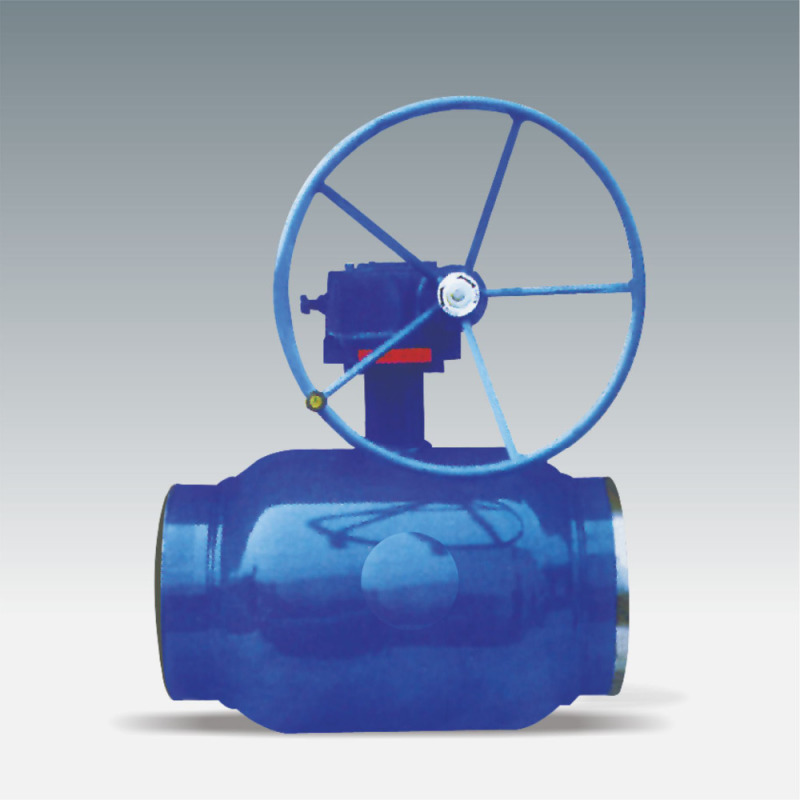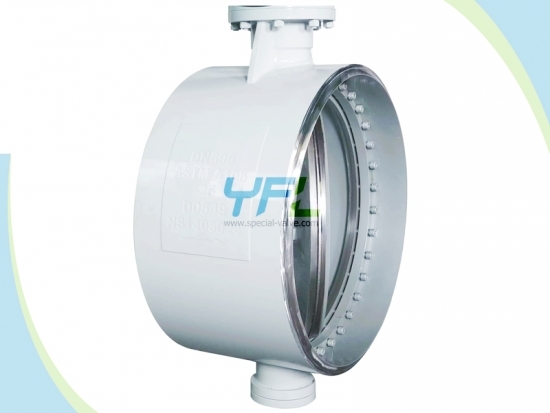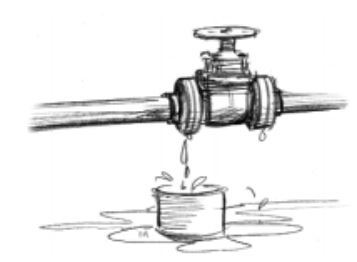janie09
Industrial
- Nov 8, 2009
- 3
Dear All,
I want to know why use the welded steel ball valve and butterfly valves in the district heating system? What's the advantage?



Thanks very much!
Janie
I want to know why use the welded steel ball valve and butterfly valves in the district heating system? What's the advantage?



Thanks very much!
Janie

